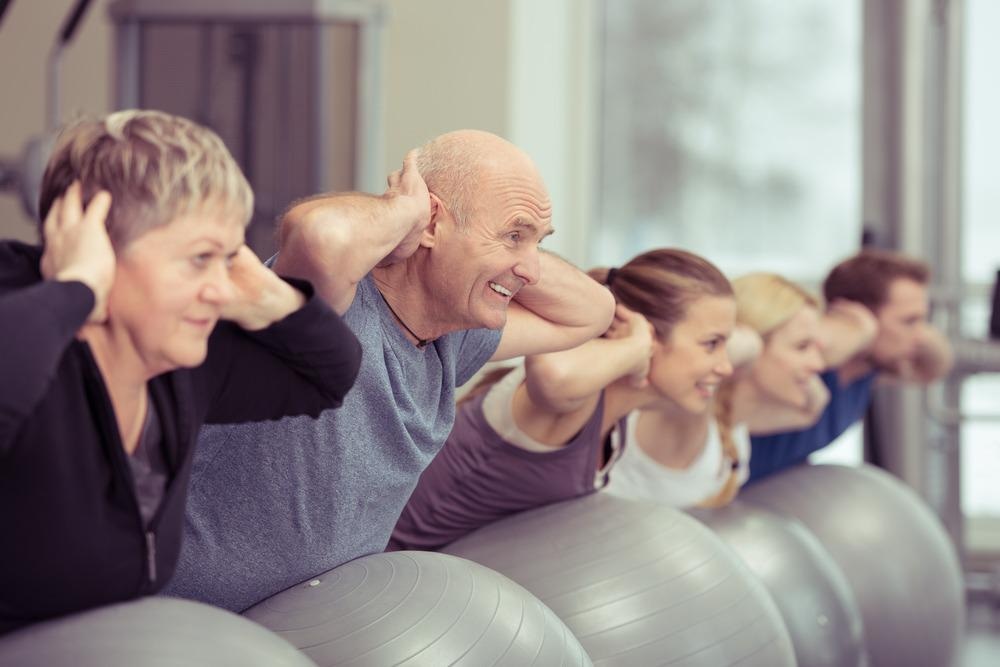I am a postdoctoral researcher and epidemiologist at the Department of Physiology at the Radboud university medical center (the Netherlands). During my Bachelor's and Master’s Biomedical Sciences degree, I developed a strong interest in cardiovascular/exercise physiology, physical activity, and epidemiology. Thereafter, I enthusiastically started a dual Ph.D. position entitled ‘Physical Activity and Sedentary Behaviour in the Prevention of Cardiovascular Disease’ at Radboudumc (the Netherlands) and Liverpool John Moores University (UK).
During my Ph.D. work, I found that CVD patients are generally highly sedentary and physically inactive. In addition, literature about the dose-response relationship between physical activity and health was limited and inconsistent in this population. Therefore, we started this study where we investigated the dose-response relationship of physical activity in groups with different cardiovascular health statuses.
Often, moderate physical activity is recommended to help with risk reduction surrounding non-communicable disease and mortality. Why is this?
Regular physical activity provides important health benefits by improving cardiorespiratory fitness, blood pressure, glucose and cholesterol levels, bone health, balance and coordination, someone’s mental health, and overcoming weight gain.
By improving these so-called risk factors, physical activity plays an important role in the prevention of chronic diseases such as cardiovascular diseases, brain-related diseases, and cancer.

Image Credit: ESB Professional/Shutterstock.com
Until now, the relationship between cardiovascular health status and physical activity has remained unknown. Why is this?
Most studies examining the dose-response relationship between physical activity and cardiovascular health are performed in the general population. Some studies were performed in CVD patients, but the results were inconsistent and studies only included CVD patients. This is one of the first studies which compared the dose-response association between different cardiovascular health status groups.
Can you describe how you carried out your latest research into how cardiovascular health status affects the relationship between physical activity and health outcomes? What did you discover?
For this study, we used data from the Lifelines cohort, a database with information of more than 150,000 people of the Northern Provinces of the Netherlands. Participants of the Lifelines cohort have been examined very extensively. They have completed various questionnaires, including one on exercise. We linked this information to data from Statistics Netherlands and used information from the national death and hospital registry. This allowed us to examine the relationship between physical activity and major cardiovascular diseases and mortality.
We found that for healthy individuals and those with cardiovascular risk factors, such as hypertension, hypercholesterolemia, and diabetes, increasing physical activity volumes led to a gradual risk reduction up to a point at which a plateau occurs. Cardiovascular disease patients demonstrated a different pattern, however, with every increase in physical activity volume leading to a further risk reduction of mortality and cardiovascular events. This finding emphasizes that more exercise is better for CVD patients.
Your research also discovered that health benefits appear to level off above a certain level of physical activity in healthy individuals. Why might this be?
This question is not fully answered yet, but we speculate that physical activity improves your risk factors until a certain point. When your blood pressure, glucose, and cholesterol level are healthy and normal, it will not further decrease after a certain point if you perform more physical activity.
When we look at the literature, we see that some studies showed a similar dose-response relationship as we found when they examined the effects of physical activity on for example diabetes and obesity. This might explain the plateau phase that we see in our study, in which individuals do not further improve their health after a certain amount of physical activity.
However, the point where health benefits appear to level off is around 4-6 times the international physical activity guidelines, which advise individuals to perform at least 150 minutes of moderate-intensity physical activity, or 75 minutes of vigorous physical activity or an equivalent combination per week. In general, people do not perform these high volumes of physical activity, so this study finding should not withhold individuals to be physically active.
Furthermore, in this study, we looked at mortality and major cardiovascular diseases. If you are physically active to improve your mental health, you should perform as much physical activity as you like.

Image Credit: santoelia/Shutterstock.com
Were there any limitations to your research? If so, what are they, and what further research needs to be carried out to further validate your findings?
The most important limitation of our study was that physical activity was self-reported. People tend to overestimate their physical activity, which could result in an overestimation of physical activity volumes in our study.
In addition, the design of this study was observational. Randomized controlled trials are necessary to confirm our results, however for this, we need trials including a large group of people and those people need to perform physical activity for a long time, which makes it difficult to perform those studies.
How will your research help individuals suffering from cardiovascular disease?
Hopefully, our study motivates individuals with cardiovascular diseases to increase their physical activity as much as possible. Furthermore, the outcomes from this study are useful to further optimize physical activity recommendations by taking cardiovascular health status into account, so that every individual, irrespective of cardiovascular health status, can optimally benefit from a physically active lifestyle.
Your research has shown that a ‘one-guideline-fits-all’ approach is not adequate. Why is this and what should be recommended to individuals instead?
Our study showed that the shape of the dose-response relationship is different for healthy individuals and those with risk factors compared to individuals with cardiovascular diseases.
In individuals with cardiovascular diseases, we should encourage that ‘more is better’ regarding physical activity.
What are the next steps for you and your research?
Our study included moderate to vigorous physical activity. In future studies, I will examine the effect of other types of activities such as light intensity physical activity, resistance exercise, and reduced sitting. In addition, I will continue my research in individuals with cardiovascular diseases.
Where can readers find more information?
The paper is available at https://journals.plos.org/plosmedicine/article/authors?id=10.1371/journal.pmed.1003845
More information about physical activity and the international physical activity guidelines could be found at https://www.who.int/news-room/fact-sheets/detail/physical-activity
About Esmée Bakker
This paper was part of my Ph.D. thesis which I defended in March 2020. Currently, I work at the Department of Physiology of the Radboud university medical center (Netherlands) as a postdoctoral researcher, where I combine physiology with epidemiology.
In the upcoming years, I aim to continue this line of research in which my long-term goal is to find the best physical activity prescription to improve cardiovascular health for primary and secondary prevention.